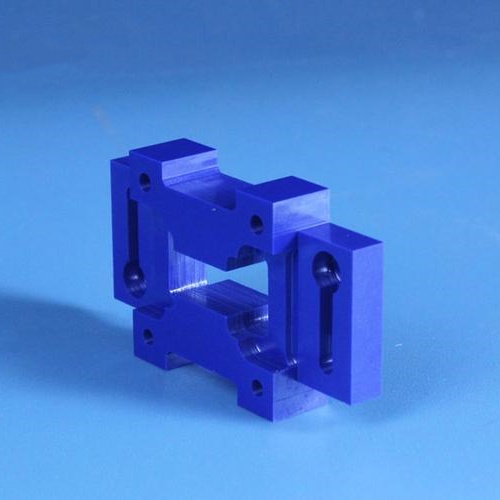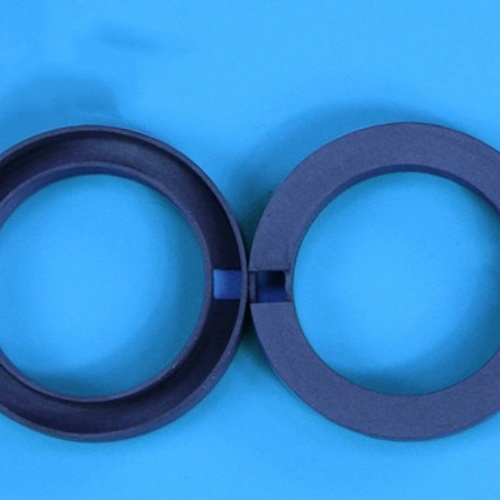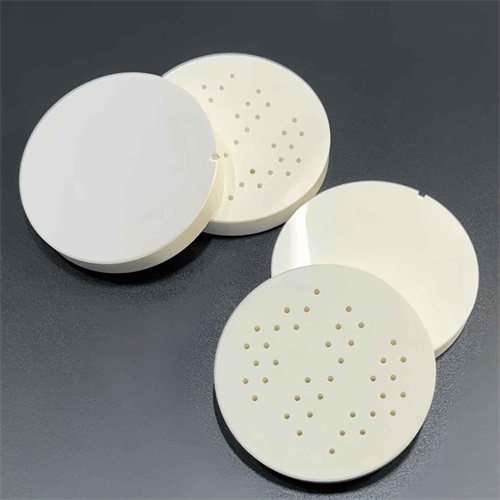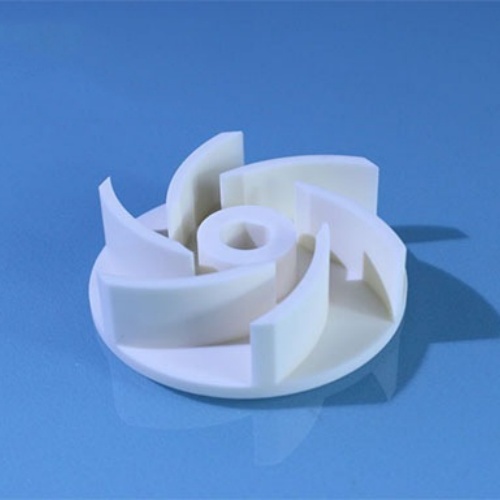How to prepare Macor microcrystalline glass ceramics
Macor microcrystalline glass ceramic is a high-performance machinable glass ceramic material that has been widely used in aerospace, electronics, medical devices, and other fields due to its unique physical, chemical, and mechanical properties.

1、 Raw material preparation
The main raw materials for Macor microcrystalline glass ceramics include fluorite mica (a type of mica) and borosilicate glass matrix. These raw materials are mixed in a certain proportion to ensure optimal performance of the final product.
2、 Mixing and Forming
- Mixing: Mix fluorogold mica and borosilicate glass matrix with organic binder to form a plastic paste.
- Molding: By using processes such as injection molding or compression molding, the paste is processed into the desired shape of the billet. Strict control of temperature, pressure, and time is required during the forming process to ensure the dimensional and shape accuracy of the billet.

3、 Sintering and Crystallization
- Sintering: The formed billet needs to undergo high-temperature sintering to remove organic matter and form a dense ceramic structure. The sintering temperature is usually around 1100 ℃, and the specific temperature and time need to be adjusted according to the size and shape of the billet.
- Crystallization: The sintered billet needs to undergo crystallization treatment to promote the growth of microcrystals and improve the strength and hardness of the ceramic. The crystallization temperature is generally between 700-950 ℃, and the specific temperature and time need to be optimized according to the composition and performance requirements of the material.

4、 Processing and polishing
- Mechanical processing: The sintered and crystallized Macor ceramic blanks can be processed using traditional mechanical processing methods such as milling, drilling, turning, and grinding to obtain the desired shape and size. It is recommended to use tungsten carbide cutting tools during processing and maintain a low processing speed to avoid material overheating.
- Polishing: The processed ceramic surface can be further improved in smoothness and accuracy through polishing technology. Usually, diamond grinding wheels are used for rough polishing, followed by fine polishing using alumina or ceria powder.
5、 Precautions
- Surface treatment: Before processing or assembly, the surface of Macor ceramics needs to be cleaned to remove organic matter and impurities. Suggest using alcohol or acetone for degreasing and ultrasonic cleaning in deionized water.
- Optimization of machining parameters: During the machining process, it is necessary to adjust the cutting speed, feed rate, and cutting depth according to the characteristics of the material to avoid cracks and chipping.
- Heat treatment process: The heating rate and holding time during sintering and crystallization processes have a significant impact on the properties of the material and need to be optimized according to specific requirements.

Through the above steps, high-performance Macor microcrystalline glass ceramics can be prepared. Macor microcrystalline glass ceramic
Due to its excellent performance and processability, it can meet various complex application requirements.
Brudeze Ceramics supplies and sells a wide range of high-quality quartz glass, including alumina ceramics, zirconia ceramics, silicon nitride ceramics, aluminum nitride ceramics, silicon carbide ceramics, boron carbide ceramics, bioceramics, machinable ceramics, etc. We can meet the customization requirements of various ceramic products.
Tags: boron carbide ceramics
PREVIOUS:The difference between microcrystalline glass ceramics and microcrystalline glass
NEXT:Application of Macor Ceramics in High Voltage Electrical Equipment
CATEGORIES
LATEST NEWS
- Petrochemical ceramic injec...
- Zirconia Ceramic Rod Custom...
- High-temperature resistance...
- What is the wear resistance...
- What is the hardness of cer...
- Aluminum oxide ceramic cust...
- What are the main aspects o...
- What are the mechanical pro...
- Thermal properties of zirco...
- What properties should be c...
